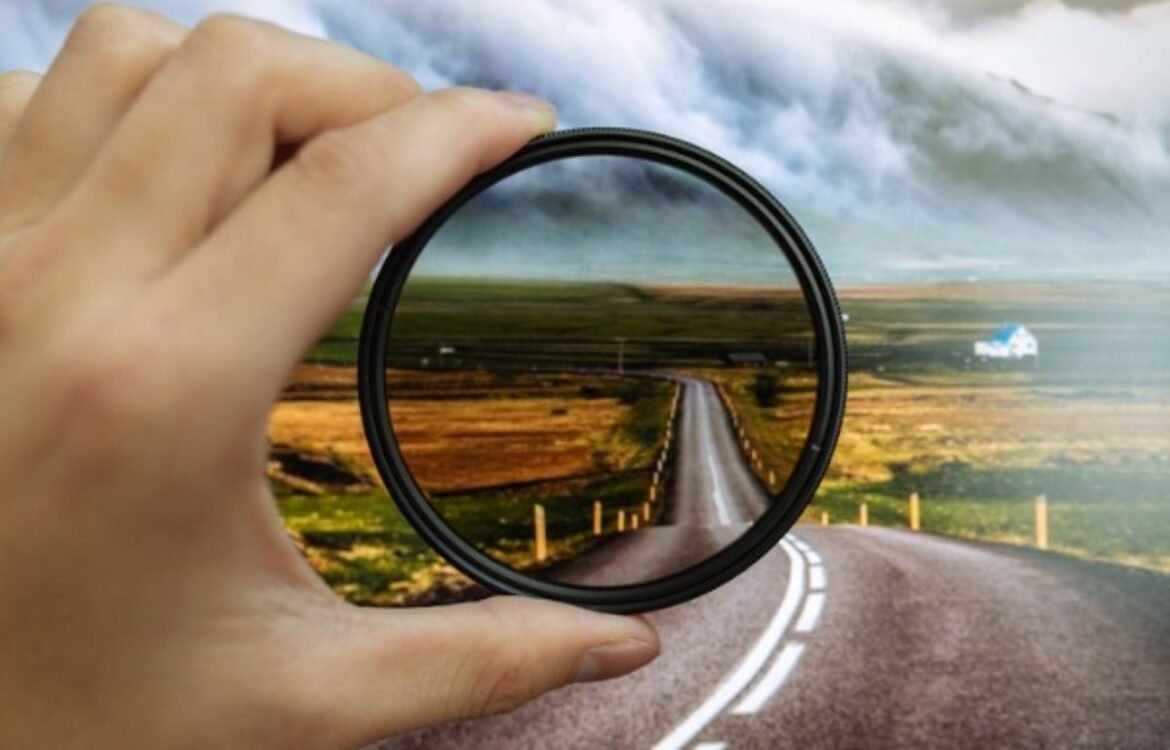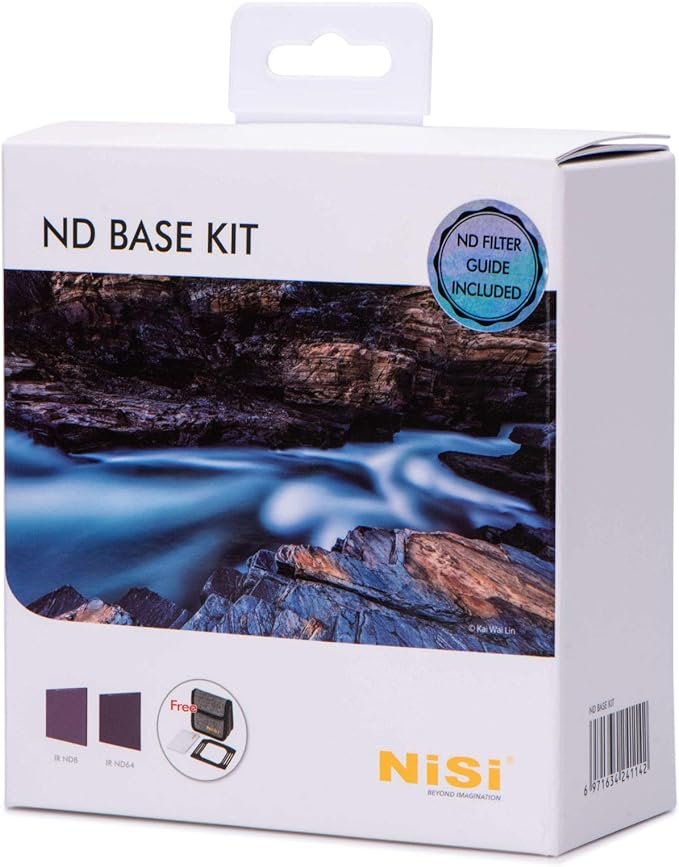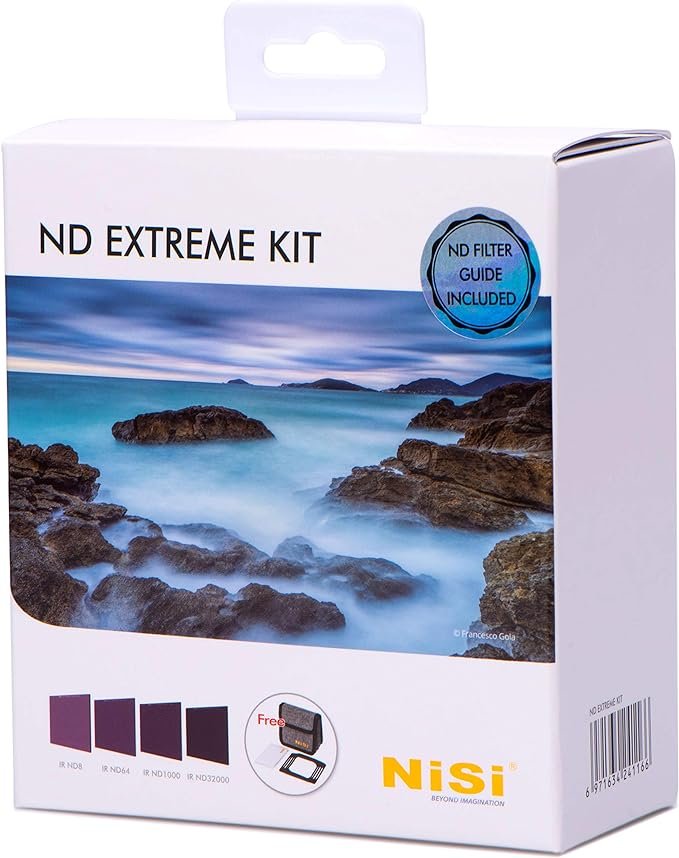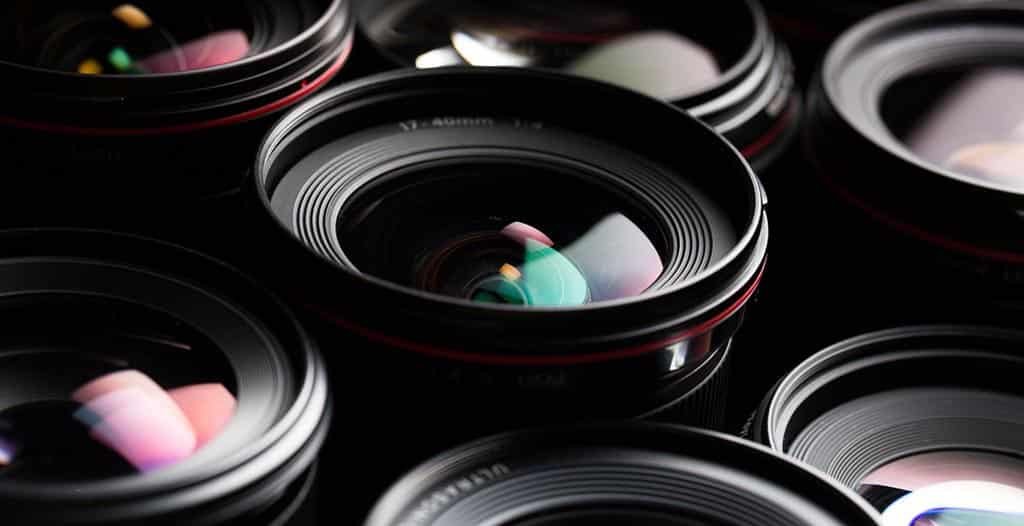
ND filtration in landscape photography
Landscape photography is an art form that captures the beauty of nature and creates striking images. One of the most commonly used techniques in this field is ND filtration, which makes it possible to control exposure and capture unique movement effects.
What is ND filtration?
ND filtration, neutral density or neutral density, is a type of filter used in photography to reduce the amount of light that reaches the camera sensor. It is composed of a semi-transparent material that reduces the amount of light without altering the colors of the image.
ND filters are available in different intensities, measured in stops. An ND1 filter reduces the light by a stop, while an ND3 filter reduces the light by three stops. These filters make it possible to extend the exposure time, which is particularly useful in landscape photography.
The advantages of ND filtration in landscape photography
ND filtration offers many advantages to landscape photographers. Here are some of the main ones:
Exposure control
By using ND filters, photographers can control the exposure of their images more precisely. This allows them to capture details in the light and dark areas of the scene, thus creating a balanced and well-exposed image.
Movement effects
Another advantage of ND filtration is the ability to capture unique movement effects. By using longer exposure times, it is called long-pose photography, photographers can create blur effects in clouds, water or any other moving element, thus adding a dynamic dimension to their images.
Elimination of reflections
ND filters can also be used to eliminate unwanted reflections in landscape images. By reducing the amount of light that reaches the sensor, they make it possible to capture sharper and more detailed images, without the annoying reflections caused by direct sunlight.
How to use ND filtration in landscape photography
To use ND filtration in landscape photography, it is important to follow a few simple steps:
Choose the right filter
There is a wide variety of ND filters available on the market. Choose the one that best suits your needs in terms of intensity and quality.
Attach the filter to the lens
Once you have chosen the appropriate filter, attach it to the lens of your camera. Make sure it is well fixed to avoid any light leakage.
Compose your image
Before taking the photo, take the time to compose your image. Think about how you want to use ND filtration to create movement effects or control exposure.
Adjust the settings of your camera
By using an ND filter, you will have to adjust your camera settings accordingly. Reduce the shutter speed to allow longer exposure and adjust the other parameters according to the situation.
Take the picture
Once everything is in place, press the shutter release and capture your image. Do not hesitate to experiment with different exposure times and angles to obtain the desired result.
Conclusion
ND filtration is an essential technique in landscape photography. It allows photographers to control exposure, capture unique movement effects and eliminate unwanted reflections. By following a few simple steps, you can start using ND filtration to improve your landscape images and capture the beauty of nature in a creative way.
Nisi, a reference in filtration
NiSi manufactures and distributes high-quality photographic equipment and filters. NiSi is recognized as the industry leader for both filters and optical products used and recognized by professional photographers around the world.




